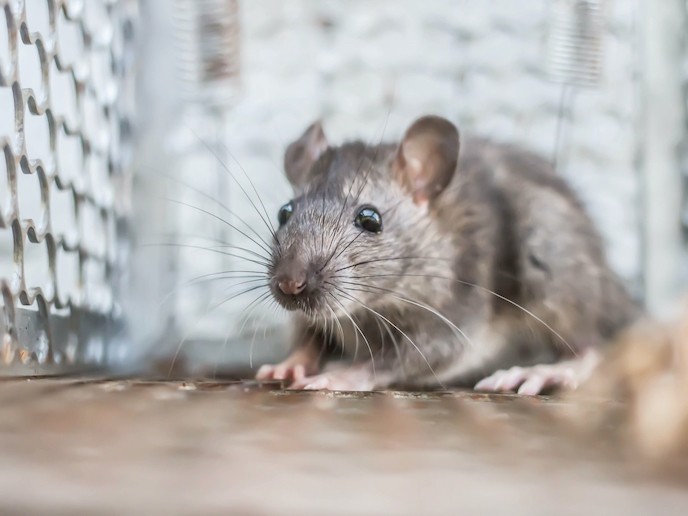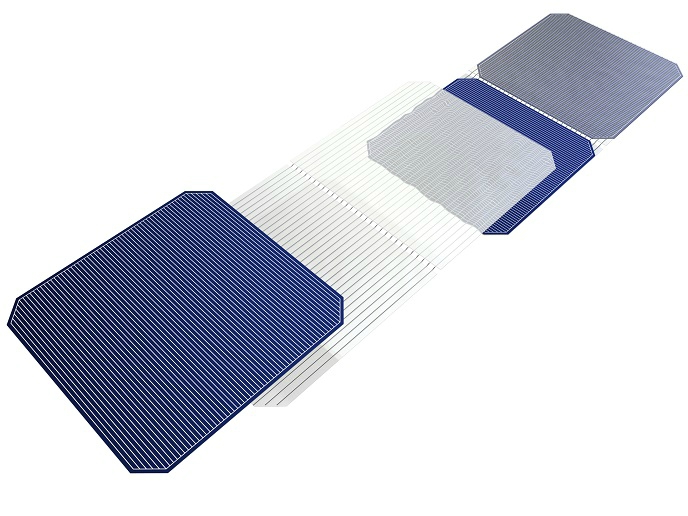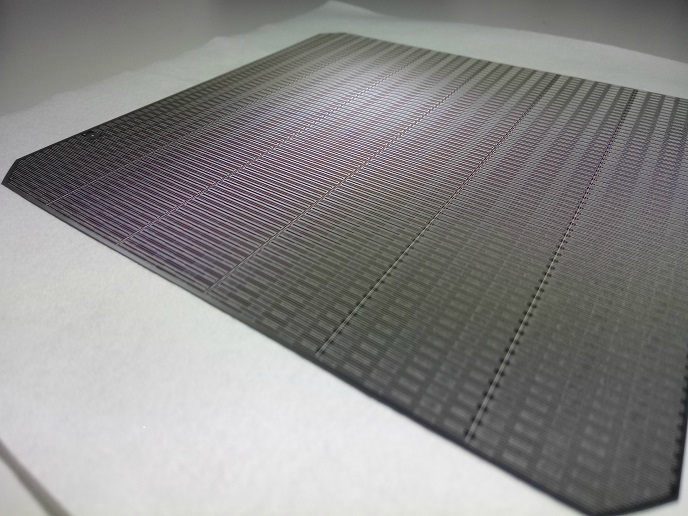Understanding regeneration after renal injury
Tissue regeneration following injury is a complex process that involves three major phases: inflammation, proliferation and remodelling. During the first phase, macrophages are attracted to the injured site and through a complex regulatory network they receive and distribute signals thereby influencing recovery. However, the precise mechanisms that promote tissue healing are poorly understood. The EU-funded project ‘Hypoxic renal proliferation’ (Proligen) worked to address the issue of tissue regeneration in the case of acute renal failure. More specifically, project researchers wished to enhance the endogenous regenerative capacity of injured kidneys by identifying genes associated with recovery from renal injury and to develop an approach that fostered proliferation. The consortium followed a unique strategy by studying the steps of cell death, inflammation and cell proliferation individually and focusing on their interdependence. Using functional genomics, project partners identified 14 genes that were involved in the regeneration phase following an ischemic incident. These genes were studied in vitro for kidney cell formation and also in pre-clinical rodent models. A key accomplishment in the study was the development of a cell-based therapeutic approach using modified macrophages that overexpressed neutrophil gelatinase-associated lipocalin (NGAL) – a biomarker for acute renal injury after cardiac surgery. Collectively, project results significantly advanced basic knowledge of the process of kidney regeneration after hypoxia. The identified genes could potentially be used in therapeutic strategies that foster renal proliferation and ameliorate acute renal failure.







